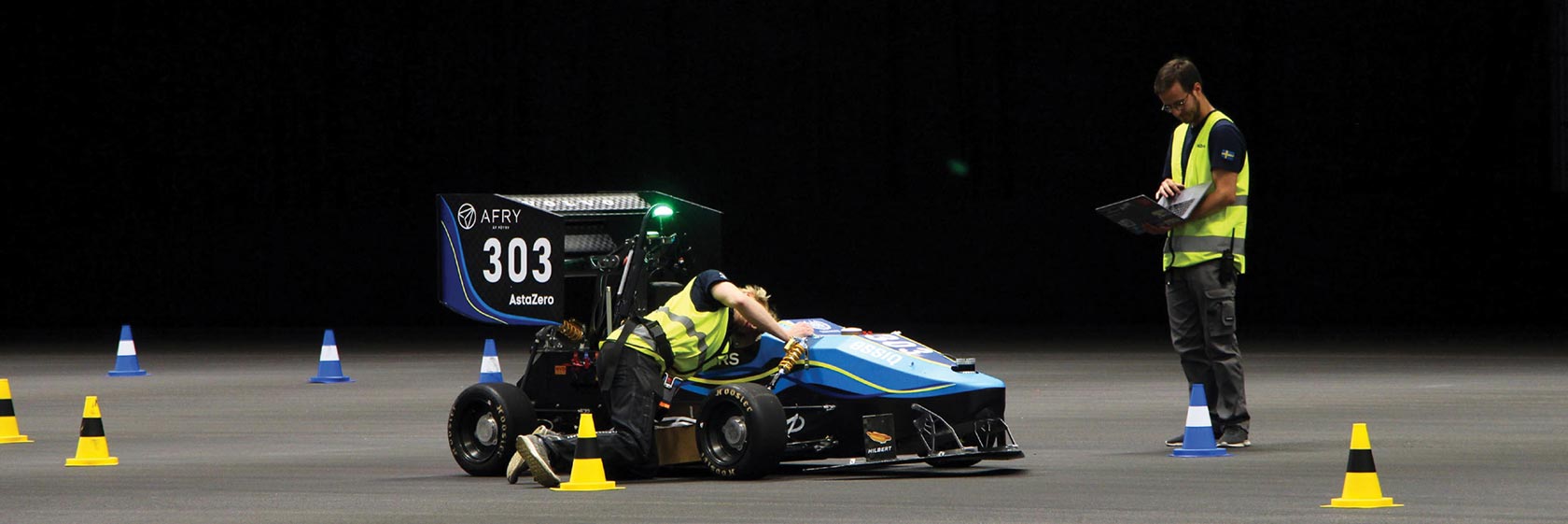AGRICULTURE

International Formula Student teams use advanced positioning technologies in innovative ways for their prototype electric and driverless vehicle designs that will benefit autonomy in the future.
Formula Student competitions are some of the largest student engineering design competitions in the world, every year bringing in hundreds of teams who design, manufacture and test open-wheel race cars and then battle it out on the racetrack.
Hexagon’s Autonomy & Positioning division’s leading brands NovAtel, Antcom and AutonomouStuff support positioning, navigation and timing (PNT) and autonomy needs to student racing teams around the world. These technologies include GNSS receivers, TerraStar Correction Services, high-performance antennas and sensors.
“Whether we’re talking about autonomous vehicles or other designs, the student teams we’re helping are using our positioning technologies under the most demanding conditions, for high-precision location, racing telematics, velocity output and other vehicle functions. And the stuff they’re developing is eventually going to make it into mass-production.”
This article features three Formula Student racing teams from Sweden, Germany and Canada. Find out how they’re using PNT technologies to push the limits of their race car design and performance.
Chalmers University of Technology Formula Student team on the indoor track.

Read the full article by downloading Velocity 2023
Download the latest edition of Velocity magazine.